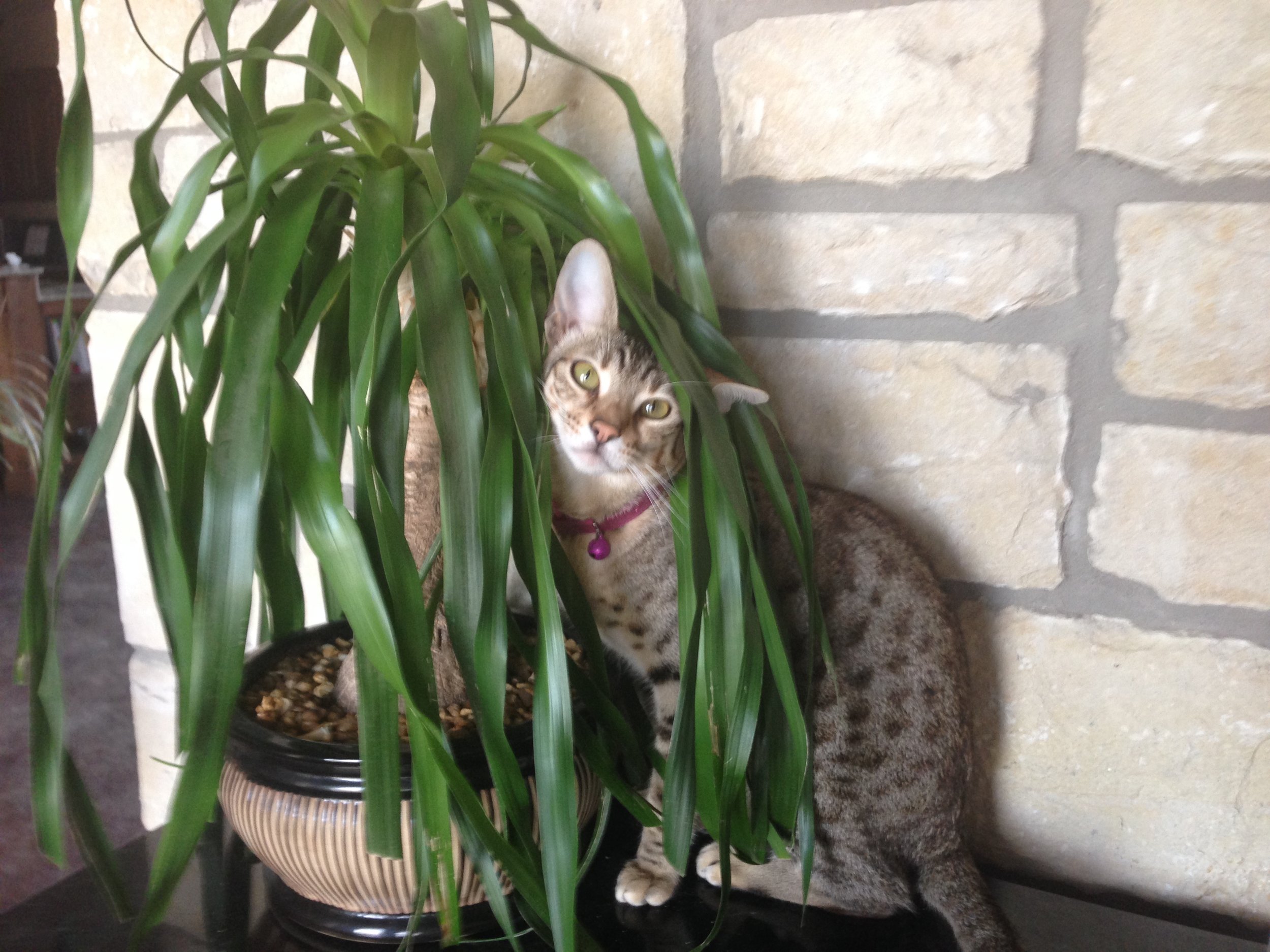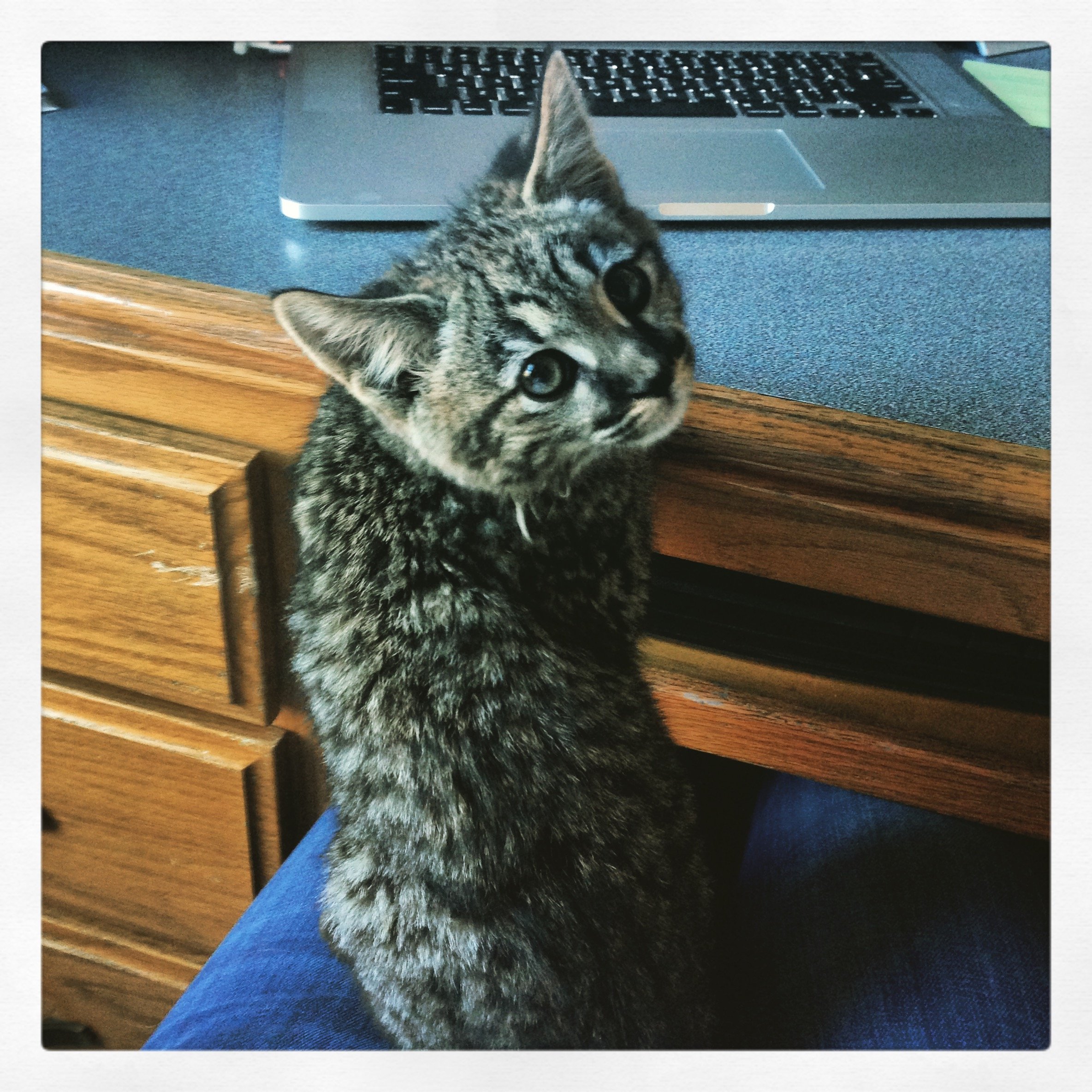The domestication of animals is a human trait, dating back to the prehistoric world. At the time, of course, taming wild beasts and breeding them to suit the needs of humans was done out of survival. However, in the modern age, survival is not a primary concern. Today, we just own pets because they are sweet, friendly, and can often make a difference on a bad day.
Canada is an incredibly pet-friendly country, with a lot of households owning some form of pet or another. In this article, we would like to explore the different types of pets that are popular in Canada, and talk a bit about the animals’ histories and how they came to be such a popular bet option.
Dogs
Man’s best friend is one of the most notable pets around the world. Believe it or not, dogs were first domesticated by humans more than 30,000 years ago. Many archeologists believe that the dog was the first animal to be domesticated by man, as they could help with hunting down prey, as well as protecting the home.
Throughout history, dogs have served women and men loyally, and in turn, humans have loved dogs immensely. Notable examples of the historical love between humans and dogs can be seen in historical and archeological records, such as the famous, or rather infamous inscription that a Roman citizen left on his dog’s gravestone, that reads “Here lies my best friend.”
Dogs have also inspired art. We are all familiar with the famous paintings by Cassius Coolidge, portraying different dogs playing poker. The paintings capture the atmosphere of a land-based casino of the time perfectly. Of course, most today would be far more familiar with online casinos.
Gambling sites nowadays offer similar games to land-based casinos. However, there are plenty of added benefits. For example, online casinos come with a selection of no deposit bonuses, that could help new gamblers start playing and understanding games like poker, blackjack, or baccarat a little better.
And speaking of casinos, plenty of online slots also feature a canine theme. Symbols are replaced with bones, and the mascots are either cute pups or proud hounds. Despite all that, dogs are not Canada’s most popular animal. Though, at 7.9 million pet dogs, they are definitely in the top two. But, if not dogs, then what is Canada’s favorite animal?
Cats
The relationship between cats and humans began 10,000 – 12,000 years ago. Historians and archeologists have concluded that it started in the Fertile Crescent parts of West Asia, an area often considered the origin point for human civilization and society.
Exactly how cats were domesticated, nobody knows. However, the reasons seem obvious. Cats are much nimbler than dogs, and are predisposed to capturing smaller prey. Rodents, vermin, and other pests were out of a dog’s league, which is where the cat stepped in.
Throughout human history, cats have had just as unique a relationship with humans as dogs. In Ancient Egypt, the cat was famously a religious symbol, and we can often see cats in Ancient Egyptian art and script.
At many points throughout the ancient world and the medieval era, cats were seen as a status symbol. The royals would have a dog to accompany them for hunts, and a cat that would keep the house clean. Today, however, cats are primarily kept as indoor animals, though many argue in favor of outdoor cats.
Though many people believe that taking care of a cat is simple, the truth is that it can get quite complicated at times. That is why there are many expert tips for taking care of kittens and cats, that can help new pet owners out when they feel overwhelmed.
In Canada, cats are the most popular pet. Though neck-in-neck with their canine rivals, cats outperform them in popularity, with a total of 8,5 million pet cats throughout the country. We can certainly understand this, as Canada’s colder climate is often difficult to walk in, and taking dogs out on a walk is an absolute necessity.
Birds and Fish
Birds and fish are the fourth and third most common pet choice in Canada. The domestication of birds is an interesting one. Of course, most fowl were domesticated for farming purposes. Chickens, geese, ducks, and guinea hens had all been domesticated by 1000 BCE, with chickens being the first.
However, few looked at these animals as pets, and even today, most bird owners don’t own chickens or geese, but rather parrots, canaries, or similar song birds. Though the domestication of canaries is relatively recent, dating back to the 15th century, parrots have been kept as pets far longer.
The first evidence of a parrot as a pet comes from Brazil, and dates back 5000 years ago. In Europe, they appeared more than 2000 years ago, when Alexander the Great’s armies brought parrots back from India, to show to their fellow countrymen.
Fish, on the other hand are a relatively new pet option in the western world. However, in China fishkeeping dates back to 500 AD. The Chinese emperor of the time had a fascination with Gibel carp, and instructed his court to take care of a few select members of the species.
Today, in Canada, fish are the third most popular option, with the standard orange-hued gold fish being the primary choice. However, when most people keep fish, they don’t just pick one. Rather, they fill up a whole aquarium with diverse fish of different colors.
Parrots are the most popular choice for bird in Canada, unsurprisingly so. They are colorful, friendly, and humans have long been fascinated by their ability to mimic human language. Parakeets are, by far, the most popular choice.
Final Thoughts
The love that humans share for their animals can truly be heart-warming. However, it also needs to be said that a pet is a big responsibility, and undertaking such a responsibility should always come with a degree of preparation. Getting a pet should be done, only if all parties involved are certain that they are willing and able to take care of one.













